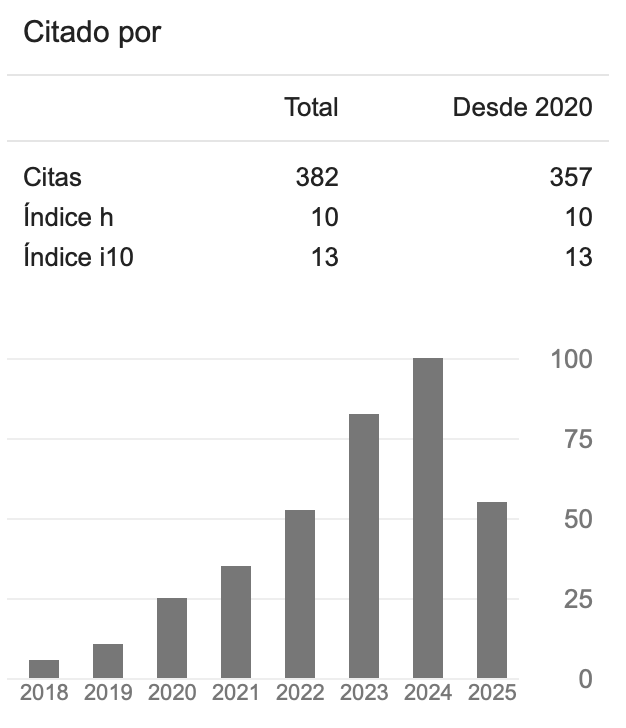DISEÑO INTERACTIVO: ADAPTACIÓN DE TECNOLOGÍAS INTELIGENTES EN LA ASISTENCIA PARA EL MAL DE ALZHÉIMER
DOI:
https://doi.org/10.33324/daya.v1i4.138Keywords:
autonomía, bienestar humano, diseño interactivo, diseño de experiencias, enfermedad de Alzhéimer, interacción, tecnologías inteligentesAbstract
Resumen
La enfermedad de Alzhéimer (EA) es una enfermedad neurodegenerativa que afecta principalmente a la memoria del paciente pues provoca una degeneración progresiva irreversible. Puede afectar a cualquier persona que presente predisposición genética, que oscile entre las edades de 65 a 80 años, y ataca principalmente a la memoria, la habilidad cognitiva y el lenguaje. Debido a los síntomas y a los problemas psicológicos y emocionales que la EA presenta, el paciente termina aislándose de su entorno, adquiere sentimientos de inseguridad y sensación de pérdida de su autonomía con respecto a su cuerpo y su intelecto, lo que provoca que sus relaciones familiares y sociales dejen de existir. Por esto mismo, este trabajo atiende esa enfermedad. De la mano del diseño y disciplinas como la psicología y la medicina, más los avances tecnológicos busca ofrecer una propuesta que pretende innovar la manera en que estos usuarios interaccionan con su entorno. Para lograrlo, incorpora una metodología que analiza al usuario, y que busca impulsar el uso de la tecnología y el diseño de experiencias en el mundo de la medicina y de las enfermedades terminales, hasta culminar en el diseño de un sistema interactivo y adaptable a diversos dispositivos y demandas del usuario que le permitan conectarse y retroalimentarse. Su objetivo es comprobar que el diseño interactivo y de experiencias, como nueva rama del diseño, dará soluciones a las problemáticas que antes parecían invencibles.
Palabras clave: autonomía, bienestar humano, diseño interactivo, diseño de experiencias, enfermedad de Alzhéimer, interacción, tecnologías inteligentes.
Abstract
Alzheimer's disease (AD) is a neurodegenerative disease that mainly affects the patient's memory, causing an irreversible progressive degeneration. It can affect anyone with a genetic predisposition, ranging from 65 to 80 years old, mainly attacking memory, cognitive ability, and language (El diario de la Tercera Edad, 2015). Due to the symptoms and the psychological and emotional problems that the AD presents, the patient ends up isolating himself from his environment, resulting in feelings of insecurity and a sense of loss of his own autonomy, his body, and his intellect, causing family relationships and social cease to exist. For this reason, from the hand of design and other disciplines such as psychology and medicine and their respective advances, including the incorporation of new trends in technology, a new proposal will be provided, seeking to innovate the way in which these users interact with their environment. To achieve this, it will be necessary to understand the main user, incorporating methodologies of user analysis, trends and creativity, seeking to promote the use of technology and the design of experiences in the world of medicine and terminal diseases, culminating in the design of an interactive system adaptable to various devices and user demands, able to connect and provide feedback; with the aim of verifying that interactive design and experiences is the new branch of design that will provide solutions to problems that previously seemed invincible.
Keywords: Alzheimer's disease, autonomy, design of experiences, human well-being, interaction, interactive design, smart technologies.






